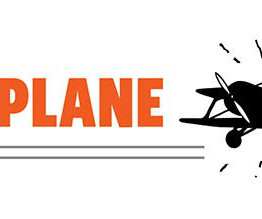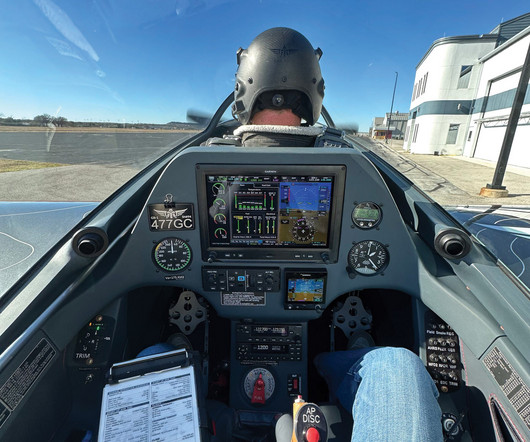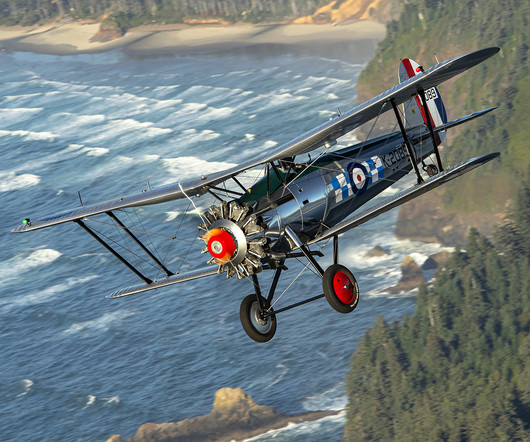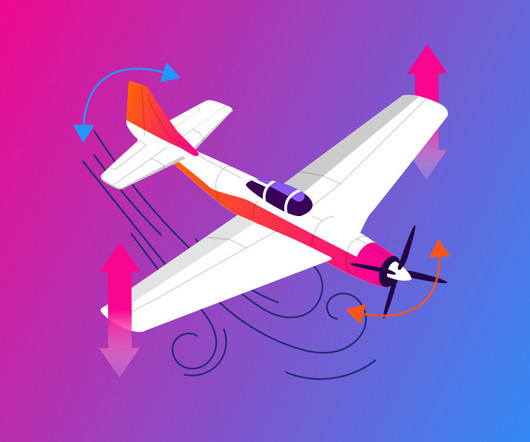The Ercoupe
Plane and Pilot
JANUARY 12, 2025
Many years ago, while working my way through college pumping avgas at the local airport, I discovered that one of our university deans owned a diminutive two-seat, twin-tailed airplanean Ercoupe. ERCO), Weick refined the design into the low-wing, twin-tailed beauty whose distinctive looks are unmistakable.
























Let's personalize your content